Harnessing the Power of Behavior Change for Companies in the Private Sector
By: Robin Castellani, Partner, Porter Novelli
The classic definition of behavior change marketing is as follows: the practice of using marketing techniques to convince people to voluntarily change their behaviors, classically for positive health or social benefits. But the power of this type of campaign can also be harnessed for companies in the private sector in powerful ways – the trick is determining whether or not it applies to your business.
A natural question, of course, is what makes a behavior change campaign different from a traditional communications campaign. There are three core differences. First, behavior change campaigns are based on a deep understanding of the audience’s point of view. These campaigns begin with the values and perspective of the audience – not the values or objectives of the marketer. A behavior change campaign does not start with “what product are we trying to sell?” Instead, it begins with “What consumer problem are we trying to solve?” How can we help employees from different locations hold a meeting without having to travel to be there in person. Or, moving to more current issues, how can we convince consumers to adopt “green” behaviors? This orientation requires a deep-rooted understanding of the values, beliefs and motivations of the target audience, and prioritizes the audience experience above all else. Many behavior change campaigns will include psychology, sociology and anthropological analysis as a basic element of their frameworks.
This is not to say, of course, that products are not a part of behavior change marketing. Indeed, products are often a central part of behavior change marketing, because frequently it will be a product that can help convince the consumer to change his or her behavior. However, the difference is where the story begins: with the consumer and his or her needs, not with the marketer and his or her objectives.
The second difference is that a behavior change campaign requires a new point of view or perspective: some sort of change in one’s personal belief system. It takes place when there is a barrier in place that is preventing the audience from engaging in the desired behavior – keeping them from adopting the green behavior. Sometimes this barrier is as simple as knowledge, but more commonly it is a barrier that might involve old habits, fears, prejudices, perceived social norms, or other personal issues. For instance, a campaign that encourages people to shift from one athletic shoe to another is a brand campaign; a campaign that seeks to understand and resolve the barriers that prevent people from exercising, and convinces them to adopt exercise, is a behavior change campaign.
The third difference is in how the results are measured. A behavior change campaign measures results by changes in audience beliefs and behaviors – not just by a brand result. For instance, we might measure a person’s willingness to try a new behavior; their perceptions of others’ attitudes of the behavior; or of course their actual engagement in the behavior.
When might the private sector consider a behavior change campaign?
Traditionally, behavior change campaigns have been launched primarily by public and nonprofit organizations. However, there is no reason this should always be the case. In fact, many of the most successful behavior-changing endeavors have originated in the private sector: for instance, the Nike “Just Do It” campaign is a classic example of a private sector company taking on a social issue: convincing people to overcome their exercise paralysis and encouraging them to act. We believe that companies who take on behavior change campaigns, under the right circumstances, can generate amazing results for their products as well as for consumers. The question is simply: which are the right circumstances? When is it productive for a private sector organization to take on a behavior change campaign?
First, when the product is in a new category that requires the customer to think or act differently. For instance, when Salesforce.com entered the market several years ago, it introduced a new category of software as a service for the customer relationship management (CRM) industry. Salesforce.com was asking people to think differently about CRM and look at the benefits of sharing information across the organization, from anywhere and at anytime. Ask yourself this simple question: do you want people to do something different than what they are currently doing?
But simply requiring a new action is not enough to warrant a behavior change campaign. The second factor is: does the new behavior require a change in a personal belief system or a cultural norm? Are you contradicting long-held beliefs? Are you asking people to do something that may not be easily accepted by their peers – or something for which there isn’t an easy support system? Ten years ago, would people ever have agreed to transmit valuable personal information, such as credit card information, bank statements or even social security numbers, over a publicly accessible avenue like the Internet? Yet observe how behaviors have changed: today, most people would prefer to pay bills or taxes online. Such a huge change in perceptions asks people to fundamentally alter their personal beliefs and cultural values about security of information and preferred methods of communication. If you are asking people to think or act in ways that go against their previous history and community experience, then it really will require a behavior change approach to get maximum success.
The third factor is simple, but must not be overlooked: will uptake of the new behavior naturally lead to success for the brand? If people take on the new behavior that you are asking, will it drive business results? This circumstance exists when there is a new market with a new type of product offering (such as a new pharmaceutical product), a category with limited or no competition, or a market leader who can best grow their business by growing the category – such as Nike, building its business by building the numbers of people who use athletic equipment. Every sensible behavior change campaign executed in the private sector must be done so with an eye towards not only the behavior change results, but also the business results.
Now think: does your product or service challenge accepted norms in such a way that makes a behavior change campaign the right solution for your company?


























